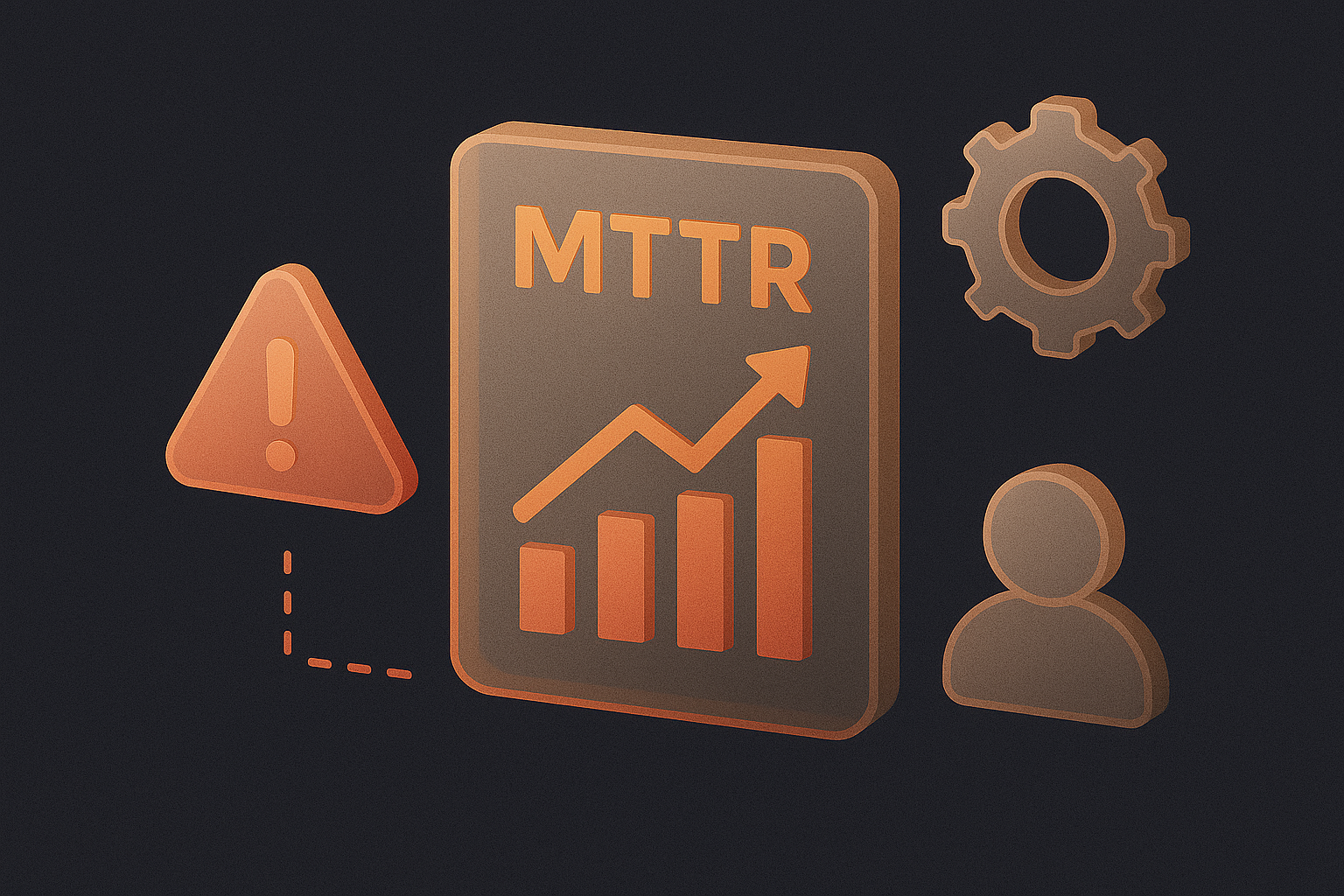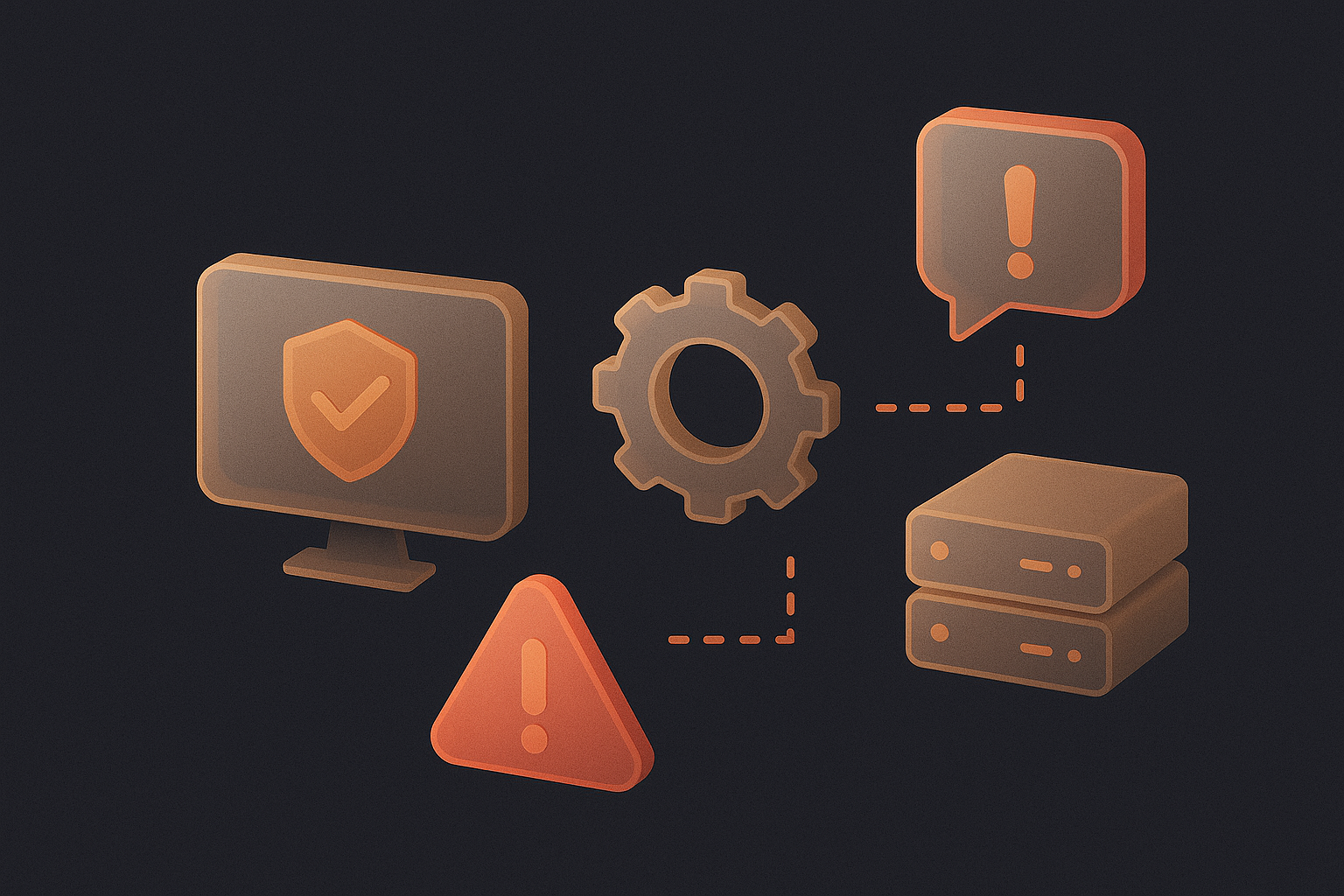Even a minor incident can quickly become mission-critical. If the effects of a critical incident linger, they may cause long-lasting damage to a company, its brand reputation and its revenues. As such, the mean time to resolution (MTTR) is a key metric for companies that want to reduce or eliminate critical incidents.
MTTR refers to the average amount of time required to repair a failed component or system. For example, if a business network shuts down, a company may become non-operational until network accessibility is restored. If an IT team has a high MTTR, it likely will be many hours or days before employees can once again gain network access. Yet for each minute that a network is inaccessible, a company may lose revenues. Perhaps even worse, a network outage may degrade a company’s overall service and lead customers to choose the business’ rivals in the future.
Clearly, businesses need to measure MTTR and do everything they can to consistently reduce this figure. If companies deploy the right incident management and alert escalation software, they should have no trouble improving their MTTR.
AlertOps incident management and alert escalation software is designed to help businesses manage critical incidents before they get out of hand. Our software even supports the IT Infrastructure Library (ITIL) framework for effective incident management, which includes the following incident management activities:
- Detection
Many tools help IT teams monitor and detect systems issues. Additionally, these tools generally can generate alerts, either via email or a web link.
With AlertOps, you can extend your incident management platform with our open, no-code APIs and connect your monitoring and help desk systems using pre-built integrations. In fact, you can instantly integrate your monitoring alerts using our open REST API or email API.
- Recording
Every incident in AlertOps is recorded in a database and can be tracked by a number of data points, including:
- The date the incident was created
- Who created the incident
- The assigned owner of the incident
- Topic
- Priority
- Group (Team)
- Status
- Subject
- Service-Level Agreement (SLA) Status
- Source
- Source Name
- Incident (Alert) ID
By tracking incident data, you can find out why incidents are happening. Then, you can take the necessary steps to prevent a one-time critical incident from becoming a recurring problem.
- Classification
AlertOps gives you five different levels to prioritize or classify your incidents. Plus, you can create filters in your inbound integrations to automate the routing and handling of incidents.
- Investigation and Diagnosis
Investigation begins with notifying the right IT team member about an incident, but this sometimes can be tricky, particularly when it comes to alerting large groups of IT professionals about an incident. Fortunately, AlertOps offers bridges and a click-to-conference feature that makes it fast and easy for groups of IT professionals to jump on a call and troubleshoot an issue. We also provide a teams-within-teams feature that lets you build out large teams for major incidents and smart routing that helps get an alert to the right people, at the right time, every time.
Meanwhile, our incident database provides yet another diagnosis tool. Our database drives collaboration among IT teams, as it empowers team members to work together to analyze incident data and find the best ways to prevent future incidents.
- Resolution and Recovery
The AlertOps incident database can be a great asset to help resolve incidents. It ensures all incidents are recorded and allows users to look up resolutions from previous incidents as well. Furthermore, you can search for incidents by date range, owner and other criteria, and workflows can be set up to send messages to key stakeholders, giving them the “all clear” signal after an incident has been resolved.
- Incident Closure
Once an incident is resolved, AlertOps allows you to enter the resolution information into our incident database. That way, resolution information is available for future incidents that involve the same issue.
- Incident Ownership
AlertOps users can take ownership of an alert or assign ownership to a team member. Moreover, workflows can be established to send reminders to an alert owner as an SLA approaches.
Let’s not forget about our software’s dashboards, either. Personal dashboards are available that allow users to manage their own incidents, and management dashboards can be set up that provide an overview of team assignments too.
- Monitoring
Key AlertOps monitoring features include:
- Automatic incident status updates
- Email and voice alert response
- Outbound integrations for fast, effective response
AlertOps also offers pre-built integrations for the most popular monitoring tools, helpdesk software and chat tools. Or, you can use AlertOps to create your own two-way integrations and workflows.
- Tracking
Dashboards, along with other tracking tools in AlertOps, give you visibility into your operations. You can drill down from dashboards to see incidents and manage these incidents accordingly.
- Communication
AlertOps includes multi-channel communication (voice, email, text, mobile) and workflows to help you notify key stakeholders about incidents. With AlertOps, users can receive notifications or assignments via email, phone or in an application.
Critical incidents often are costly and time-intensive. If you deploy the right incident management and alert escalation software, however, you can limit the impact of critical incidents and reduce your company’s MTTR. This software can help you quickly identify and address incidents, and as a result, may prove to be exceedingly valuable to businesses around the globe.
Not yet convinced? Well, in Part 7 we discuss the difference in how AlertOps approaches Templates.



